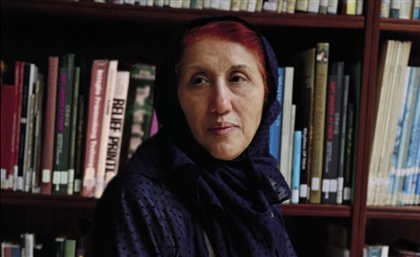Cyprus’s Omodos is where History Meets Some of the Country’s Best Wine
Cobbled streets, towering mountains and the sweet scent of wine – Omodos is where villagers live in relative disconnect from the outside world.

It was on one of those crisp, clear mornings in Cyprus, where the light seems to etch every detail into stark relief, that I found myself leisurely winding through the towering and transfixing Troodos mountains – a drive so strongly punctuated by the soothing scent of pine and the occasional burst of wildflowers. My destination was Omodos, a village I had learned about by sheer happenstance from a random American tourist in Limassol just days before my flight back to Cairo.
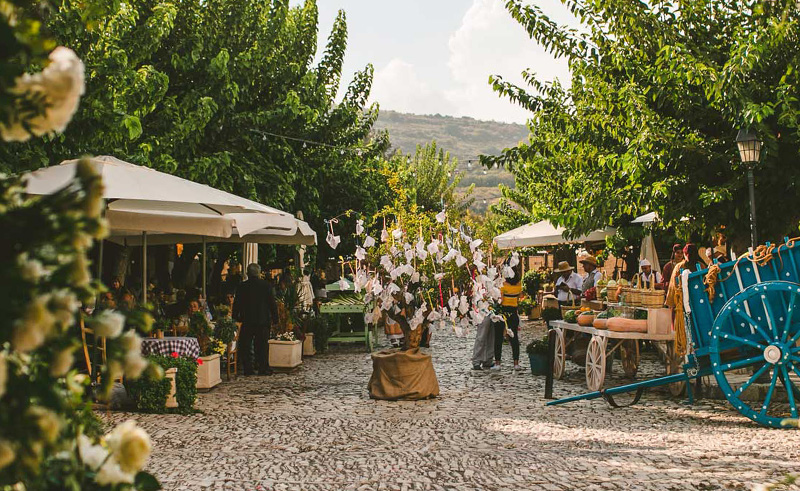 Upon arriving at the small village, I could almost instantly feel its warm and welcoming charm – cobbled streets cradled by stone houses, air filled with the faint murmur of conversations, the occasional clink of wine glasses and the rustle of leaves in the gentle breeze.
Upon arriving at the small village, I could almost instantly feel its warm and welcoming charm – cobbled streets cradled by stone houses, air filled with the faint murmur of conversations, the occasional clink of wine glasses and the rustle of leaves in the gentle breeze.
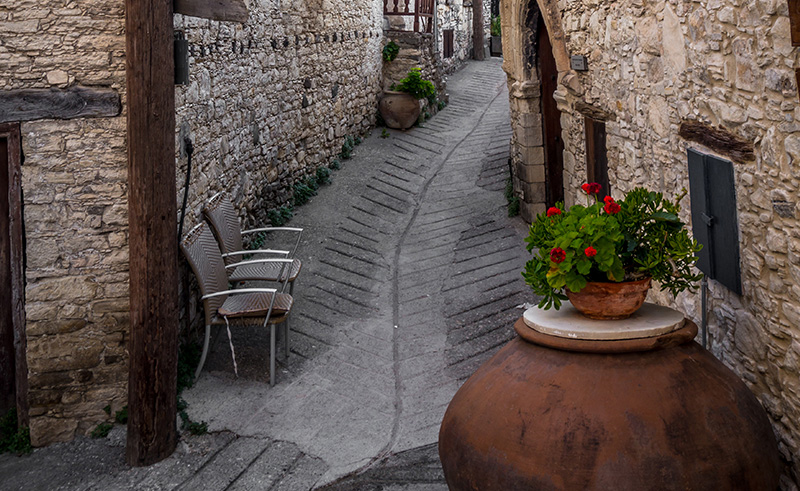 A forty-five minute drive north of Limassol, Omodos is where villagers live in relative and relaxing disconnect from the outside world. As one of the country’s foremost winemaking regions, Omodos is home to dozens of vineyards in the environs, producing some of Cyprus’s most coveted wines.
A forty-five minute drive north of Limassol, Omodos is where villagers live in relative and relaxing disconnect from the outside world. As one of the country’s foremost winemaking regions, Omodos is home to dozens of vineyards in the environs, producing some of Cyprus’s most coveted wines.
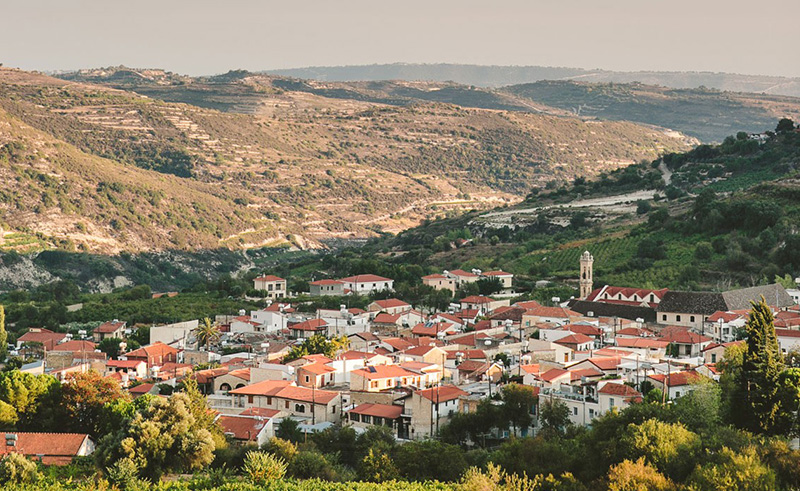 Yet, the centrepiece of Omodos is very far removed from its sweet potent potables – the Monastery of the Holy and Life-giving Cross, a Byzantine relic standing imposingly in the heart of the village. As you step inside and make your way to The Ecclesiastical Treasury Museum housed within the monastery’s walls, you find yourself enveloped by the cool, sanctified air. Byzantine icons, ancient gospels, and intricately crafted communion cups make the museum a true treasure trove of Orthodoxy.
Yet, the centrepiece of Omodos is very far removed from its sweet potent potables – the Monastery of the Holy and Life-giving Cross, a Byzantine relic standing imposingly in the heart of the village. As you step inside and make your way to The Ecclesiastical Treasury Museum housed within the monastery’s walls, you find yourself enveloped by the cool, sanctified air. Byzantine icons, ancient gospels, and intricately crafted communion cups make the museum a true treasure trove of Orthodoxy.
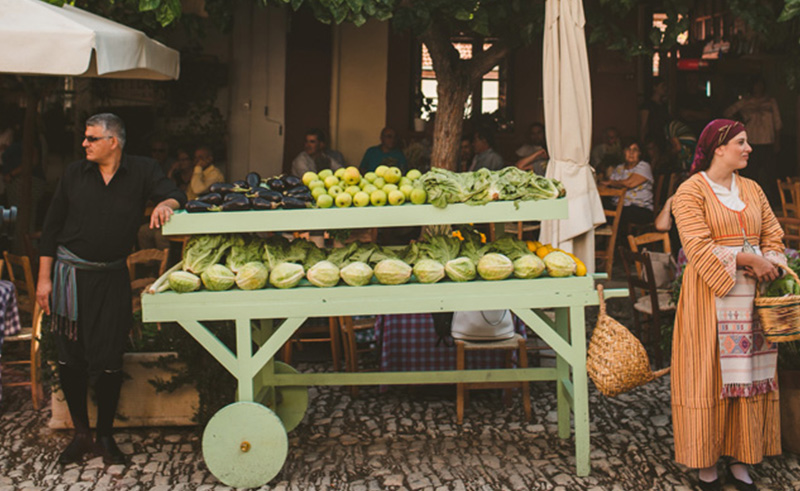 Wandering through the monastery, I was struck by one particular relic – a fragment of the True Cross encased in a shimmering reliquary. The sacredness was palpable, and I began to think about the countless pilgrims who had sought solace and blessing there.
Wandering through the monastery, I was struck by one particular relic – a fragment of the True Cross encased in a shimmering reliquary. The sacredness was palpable, and I began to think about the countless pilgrims who had sought solace and blessing there.
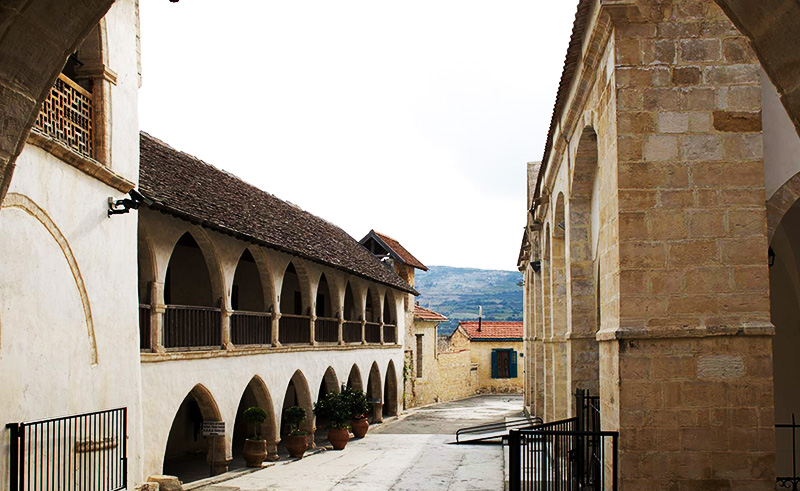 Outside, the village square hummed with a different kind of reverence. The annual wine festival was in full swing, and I was drawn into a celebration of life’s simpler pleasures. Local wineries offered tastings of their best vintages, the air rich with the earthy, robust aroma of aged Commandaria and the lighter, fruity notes of Xynisteri. I sampled traditional sweets, chewy delights like soutzoukos and the flaky, honey-drenched layers of arkatina malorka. It was around that point when I started wondering why I hadn’t flown directly into Omodos and stayed there the entire course of my trip.
Outside, the village square hummed with a different kind of reverence. The annual wine festival was in full swing, and I was drawn into a celebration of life’s simpler pleasures. Local wineries offered tastings of their best vintages, the air rich with the earthy, robust aroma of aged Commandaria and the lighter, fruity notes of Xynisteri. I sampled traditional sweets, chewy delights like soutzoukos and the flaky, honey-drenched layers of arkatina malorka. It was around that point when I started wondering why I hadn’t flown directly into Omodos and stayed there the entire course of my trip.
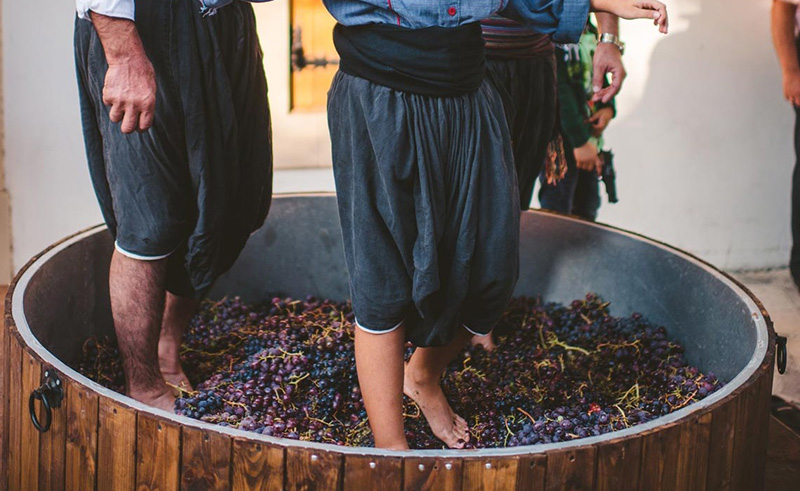 Shortly after, I made my way to what the locals call the Mouseío Agónos— the Struggle Museum or, by a different and more telling name, the EOKA Hideout. The exhibits narrated Omodos’s role in Cyprus’s liberation struggle against British colonial rule, a story of resilience and sacrifice immortalised through photographs and artefacts from the EOKA movement, commemorating the indomitable spirit of the village.
Shortly after, I made my way to what the locals call the Mouseío Agónos— the Struggle Museum or, by a different and more telling name, the EOKA Hideout. The exhibits narrated Omodos’s role in Cyprus’s liberation struggle against British colonial rule, a story of resilience and sacrifice immortalised through photographs and artefacts from the EOKA movement, commemorating the indomitable spirit of the village.
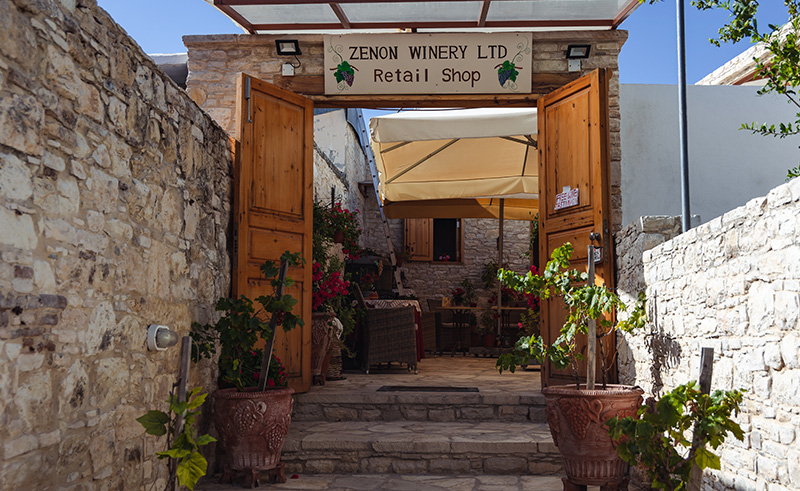 Although the village itself owes a significant part of its allure to its rich historical fabric, it was perhaps the smaller, everyday details that captured my heart most profoundly. The elderly women, their fingers deftly weaving lace patterns that seemed to capture the essence of Omodos in delicate, intricate designs. The friendly nods of shopkeepers, eager to share the stories behind their wares. And the quiet moments on the terrace of local cafés, where I would gaze at the landscape stretching out in a patchwork of vineyards and rolling hills.
Although the village itself owes a significant part of its allure to its rich historical fabric, it was perhaps the smaller, everyday details that captured my heart most profoundly. The elderly women, their fingers deftly weaving lace patterns that seemed to capture the essence of Omodos in delicate, intricate designs. The friendly nods of shopkeepers, eager to share the stories behind their wares. And the quiet moments on the terrace of local cafés, where I would gaze at the landscape stretching out in a patchwork of vineyards and rolling hills.
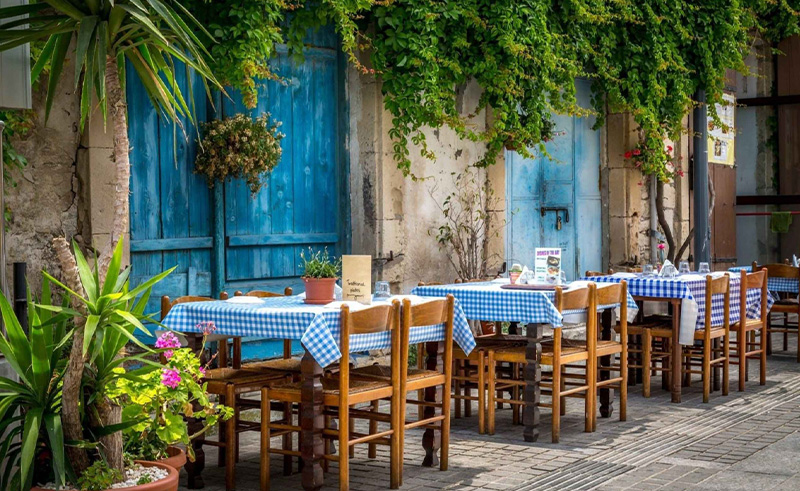 In Omodos, time seemed to slow, allowing me the honour of being able to savour each moment for as long as I pleased.
In Omodos, time seemed to slow, allowing me the honour of being able to savour each moment for as long as I pleased.
- Previous Article UAE-Based AI Startup qeen.ai Raises $2.2M in Pre-Seed Funding
- Next Article Travel Across History on Egypt's Most Iconic Bridges
Related Articles
Trending This Week
SceneNow TV
Events Calendar








